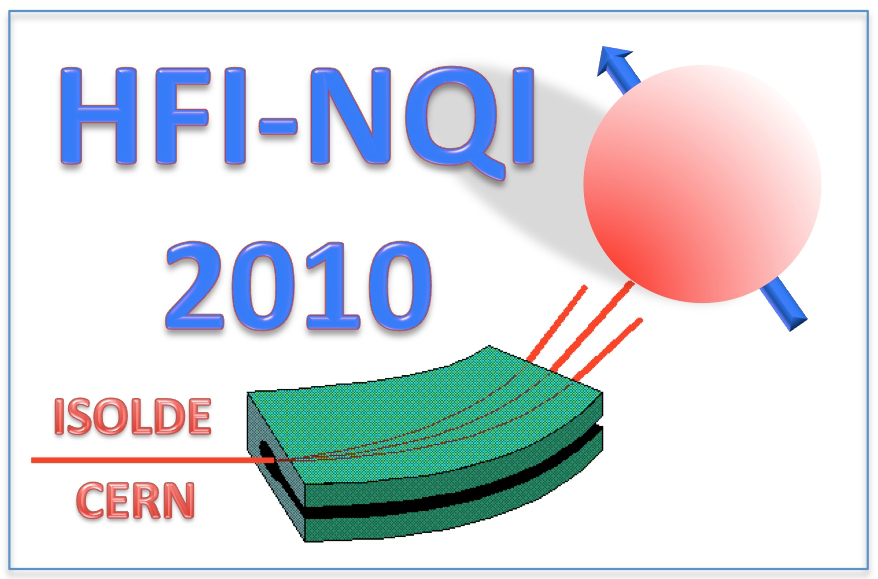Speaker
Dr
J.G. CORREIA
(ITN, Sacavem, Portugal)
Description
Hyperfine interactions are due to the coupling of the nuclear quadrupole and magnetic moments with the electric field gradient and magnetic fields present inside a material, respectively. “Hyperfine Techniques” can then deliver unique information to enlighten atomic and electronic phenomenology on a nanoscopic scale, provided their signal will be fitted with the right model and then properly interpreted. During the last two decades big advances have been made for the interpretation of hyperfine data. Powerful first principle calculation methods of charge densities in materials provide today reliable tools for the interpretation of hyperfine parameters. Still, these methods rely on establishing an atomic model with the only input of the initial atomic coordinates, which are then allowed to relax to more energetically favorable positions. This brings us to the point that, since the hyperfine parameters are extremely sensitive to both relaxations and the atomic position of the probing atom, a technique that can provide precise local scale information about impurity element position can be of great use for the modeling of the atomic configurations used to interpret the hyperfine parameters.
This talk introduces the emission channeling (EC) technique, which uses the fact that charged particles (in this case electrons), emitted from implanted radioactive isotopes, are guided by the potential of atomic rows and planes while traveling through a single crystal. The resulting anisotropic electron emission patterns around low-index crystal directions are characteristic for the lattice site occupied by the emitting atom and are measured with a 2-dimensional energy- and position-sensitive Si detector of 22 × 22 pixels. This technique allows one to measure the lattice location of a very low concentration of impurities with accuracy down to 0.1 Å. The combination of position sensitive detectors developed at CERN in the frame of high-energy particle detection with the ISOLDE radioactive beam facility provides a huge number of radioactive element probes to be measured with high precision. Selected case study examples will be shown as well as the perspectives for improving this technique with new highly pixilated electron detectors recently developed at CERN.
Authors
Dr
J.G. CORREIA
(ITN, Sacavem, Portugal)
Dr
Ulrich WAHL
(ITN, Sacavem, Portugal)
